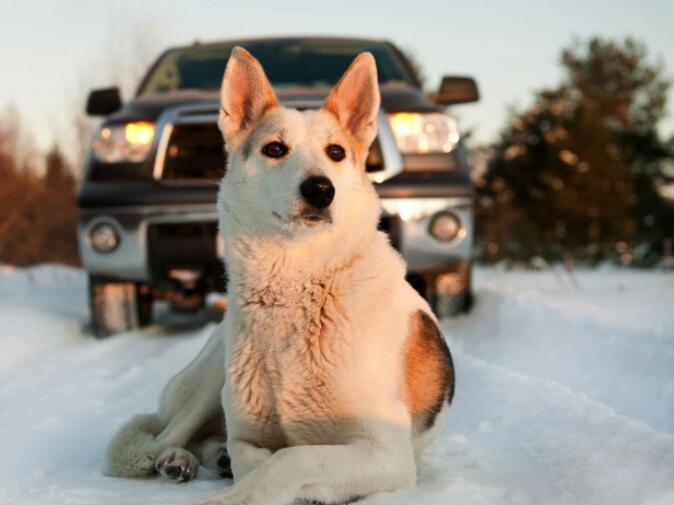The task of nourishing your four-legged companion in a world brimming with pet store choices can be both daunting and fascinating. With an array of options spanning fresh, frozen, and freeze-dried categories, the two most prevalent forms you’ll encounter are dry kibbles and wet dog foods. Pet owners often find themselves in a quandary, opting to blend these two types for various reasons. However, delving into the advantages and disadvantages each offers is essential to ensure a wholesome diet tailored to your dog’s needs.
Dry Dog Food: The Staple
Dry dog food, typically containing less than 11% moisture, reigns supreme in the pet industry, readily available in long-lasting, durable bags. This category usually includes dried meat pieces and offers fewer water contents compared to its tinned or pouched counterparts. A casual stroll through any pet emporium will reveal extensive shelves laden with these bags, showcasing their popularity.
Advantages of Opting for Dry Food
Dry food stands out for several reasons. Economically, it’s a more budget-friendly option, with the added benefit of a longer shelf life once the bag is opened. In terms of convenience, it surpasses wet food in handling and storage ease. Furthermore, dry kibble plays a pivotal role in oral health, acting as a natural abrasive to scrape away plaque as your dog chews. Wide availability, simple post-opening storage, and a diverse range of shapes, textures, flavors, and sizes cater to varied preferences.
Wet Dog Food: A Tastier Alternative
Wet dog food, with its moisture content exceeding 11%, comes either in pouches or tins. This type might present itself as pâté, paste, ground meat, or chunky variations, typically accompanied by sauces or broths. Once opened, its consumption should be immediate or else refrigerated to preserve its freshness over several days.
Benefits Associated with Wet Food
Wet food often captivates canines due to its enticing aroma and softer texture. It boasts a broad spectrum of flavors and chunk sizes, catering to discerning palates. For dogs facing dental issues, those requiring syringe feeding, or puppies transitioning from milk, wet food becomes the go-to choice. Its softer consistency also accommodates weak, lethargic dogs, and fussy eaters. Some formulations bear a striking resemblance to human food, providing peace of mind for owners who prefer a more familiar meal for their pets. Additionally, wet food proves advantageous for dogs suffering from respiratory ailments, as warming it enhances the scent, making it more appetizing for hungry dogs.
Mixing Wet and Dry Food: Striking a Balance
The combination of wet and dry dog food aims to provide variety while offering cost savings compared to an exclusively wet diet. This mixed approach appeals to picky eaters and ensures adequate moisture intake, crucial for dogs dealing with kidney disease or bladder stones. Moreover, maintaining a supply of crunchy kibble ensures continued dental benefits.
Despite its perks, this approach isn’t without drawbacks. Wet food’s higher price tag means that mixing increases overall meal costs. Opened wet food must be refrigerated if not consumed entirely, leading to increased waste due to smaller packaging. It may also emit stronger odors compared to dry food alone and could offer reduced dental advantages when compared to a strict dry food regimen. If the mixed meal remains unfinished within a few hours, sogginess and crustiness can occur, potentially leading to spoilage and further waste.
In conclusion, there is no one-size-fits-all ‘best’ option between wet and dry food. Factors such as cost, storage capabilities, ease of mealtime preparation, medical considerations, physical constraints faced by the dog, accessibility of food types, and individual canine preferences all play a role in determining whether you opt for wet, dry, or a blend of both. Each dog is unique, and so too should their dietary considerations be.









